PRESTO PLANS
Sent straight to your inbox
CLICK HERE TO ACCESS
Sign up to receive 10 ready-to-use ELA resources your students will love!
10 FREE ELA RESOURCES
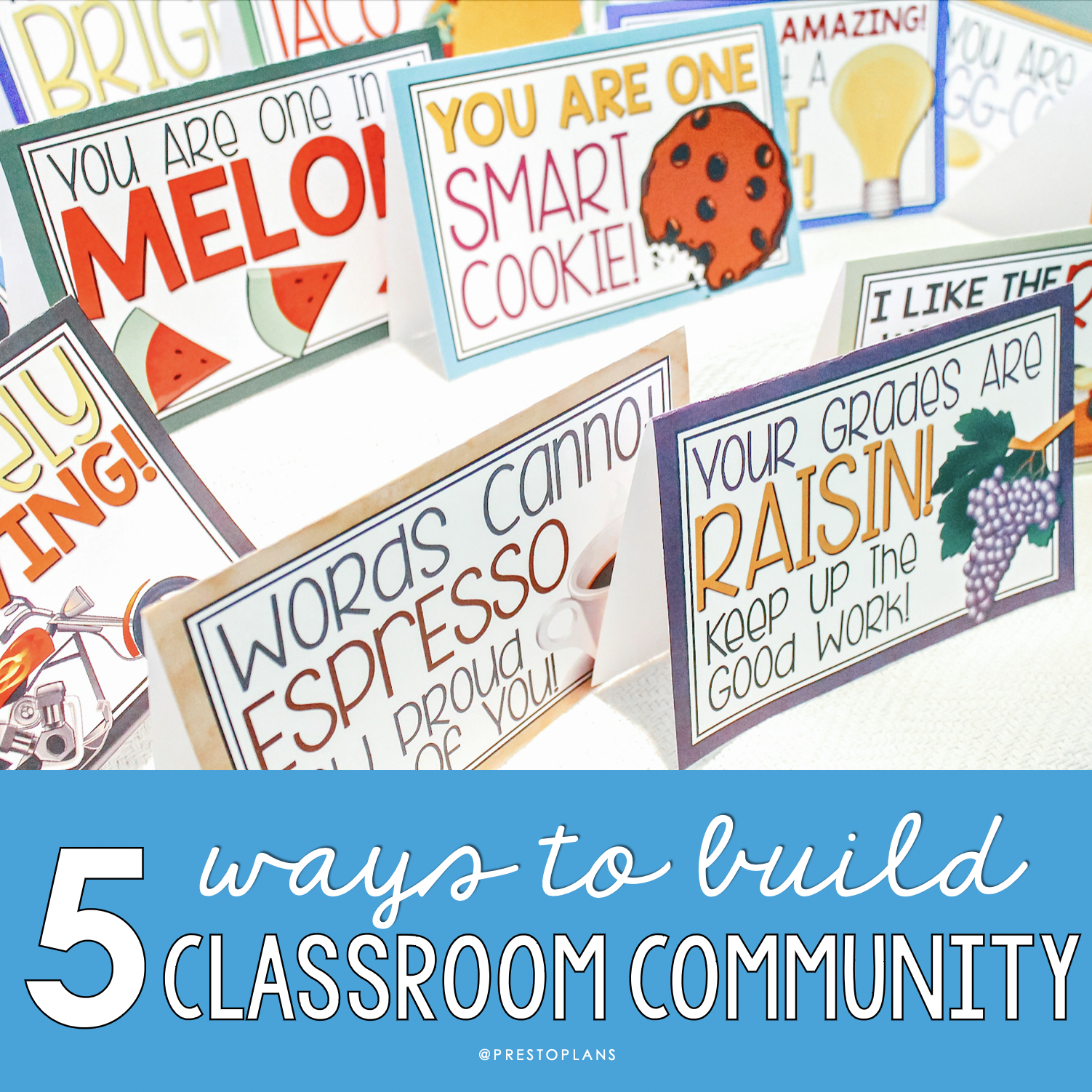
5 Ways To Build Classroom Community in Middle & High School
Building classroom community is one of the most important elements that can sometimes gets overlooked in teaching. When done intentionally, it can do wonders to ease the challenges of classroom management, improve students’ attitudes towards learning, and create a positive environment where students feel welcome and supported.
However, given the pressures teachers face to meet curriculum expectations in such a limited amount of time, building classroom community can sometimes get put on the back burner. That doesn’t have to be the case, though. Below, I’m sharing 5 easy-to-implement ideas for building classroom community in your middle or high school ELA classroom.
1. Use Classroom Challenges
I’ve found that one of the most effective ways to intentionally build classroom community is by using classroom challenges. These establish a positive classroom community by having students complete short activities that encourage teamwork, collaboration, kindness, expression, and the sharing of ideas and opinions.
Classroom challenges don’t have to take up a lot of your class time. You can even use them as bell-ringers for students to do for the first 5-10 minutes of class each day—or maybe just on Fridays or randomly throughout the week when time permits. However you decide to use them, classroom challenges are a great tool for building a connection amongst students.
To use this in your classroom, start by setting up a classroom challenge bulletin board display, which includes 20 hidden activity prompts, on your board. Students will come to the front of the class to reveal a new challenge, and you will pass out a corresponding activity for that challenge for everyone to complete.
Here are a few examples of the types of prompts I like to include for my classroom challenges:
- Write a thank you card for someone you appreciate.
- Write a top 10 list on the topic of your choice.
- Play a game of two truths and a lie in a group of 3-4 people.
- Answer these would you rather questions with a partner.
- Play a game of 20 questions with a partner.
- Imagine you are stuck on a deserted island. Pick one book, one movie, and one other item to bring.
These are just a few examples, but they should give you an idea about the kinds of activities I use. The added mystery element with the hidden prompts helps to create excitement around the activity, which is great for building suspense—and classroom community!
2. Work Towards a Common Goal
I’ve found that getting students working together towards a common goal is a sure way to build those important classroom connections. Having a shared purpose, whether it’s through a competitive game or a classroom activity, can really serve to bring students together, and the bond is strengthened further when students get to look back on what they’ve accomplished and celebrate their success together.
Forging stronger relationships amongst students on a regular basis can greatly improve your classroom community. One way I like to do this is with weekly reading mysteries, where students work together to solve high-interest mysteries like the Missing of the Missing Garden Gnome, which you can get for FREE by clicking here.
What I like most about reading mysteries is that they help students develop reading skills, with a special focus on inference (a skill that students often struggle with), while allowing them to have fun and work together towards a common goal simultaneously. It’s also easy to incorporate these into your weekly schedule by devoting one class each week to doing one, for example. Your students will have a blast and without even noticing, they will be creating meaningful connections.
3. Make Room for Discussion
A positive classroom community is one where students can share their thoughts and ideas without fear of being made fun of or criticized too harshly. For many students, speaking out loud in front of their peers is intimidating. One way we can improve our classroom community is by making room for safe discussion.
You can do this in your classroom by carving out time for low-stakes discussion where students can discuss fun topics and build up confidence for when the stakes are raised. I like to use What if or What would you do? discussion prompts for this, which prompt students to imagine how they would respond to an ethical dilemma in a low-stakes way.
For these, you can ask students to respond to hypothetical questions like…
- “When at a friend’s house, you find their diary. Do you read it?”
- “You are waiting at a red light at 4:00 am, and there isn’t a car in sight. Would you run the light?”
- “What if humans could fly?”
Another tip is to use this free silent discussions template to build up to effective classroom discussions. For these, students don’t even need to speak out loud. They respond to a topic, written at the top of the page, in writing before moving around the room to write their thoughts on another topic, after considering what a previous person has written before them. This process repeats. You can read about how it works in more detail in this post.
Silent discussions help improve student confidence by showing reluctant students that others might have similar thoughts as them. It also helps them realize that their contributions to the class discussion are equally valuable. This will make them more comfortable raising their hand during the next class discussion.
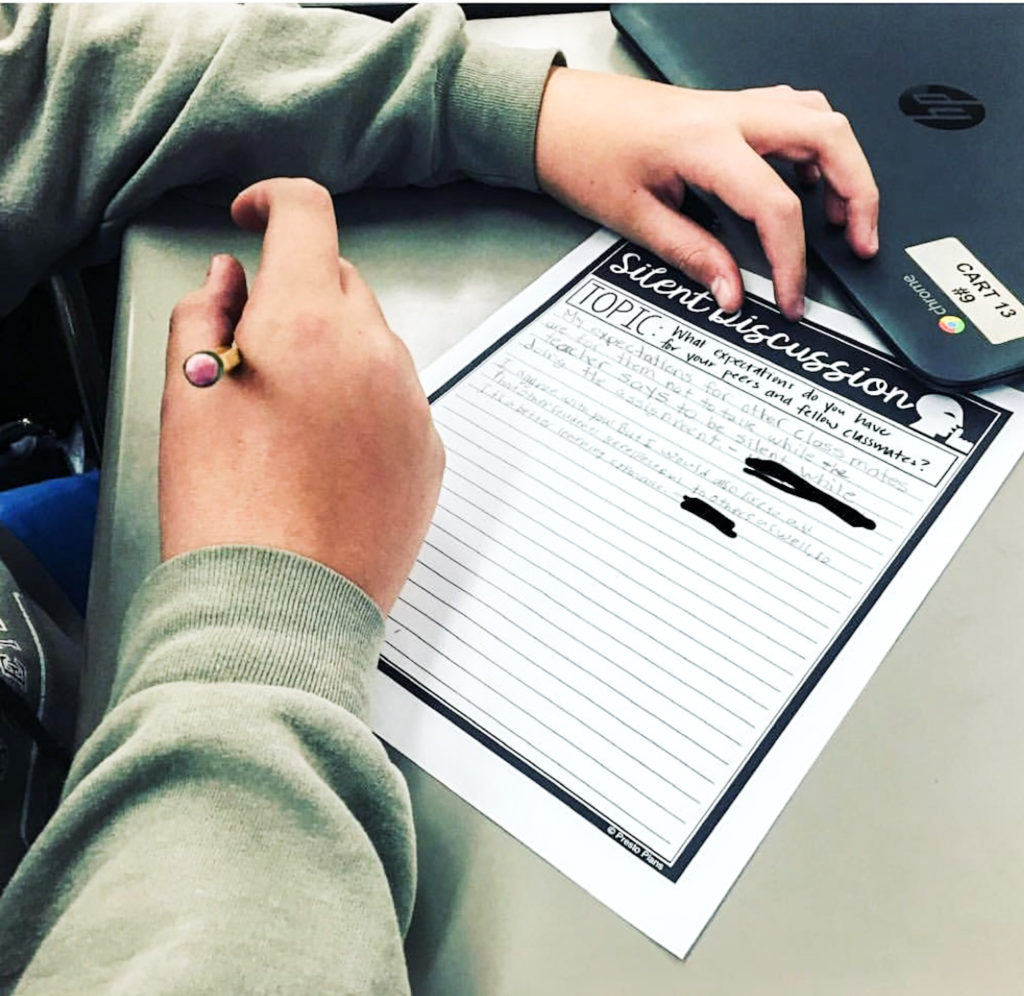
4. Play Games
Playing classroom games is a particularly fun way to build your classroom community, and it’s also very effective. Like team sports, classroom games encourage students to work together, often to the effect of providing a general feeling of belonging, which goes a long way in a classroom community. The competitive element never hurts either…
When I was in in school teachers often would do Jeopardy reviews for upcoming assessments, and I decided to give it a try with my students as well. I wondered if it would still hold up, and to my surprise, it got incredibly intense. Students took it more seriously than I ever would have imagined! They had cheesy team names. They cheered each other on. It was a classroom staple that stood the test of time. This unlikely game became this kind of this strange and beautiful way to forge relationships amongst my students, while also helping them review important classroom material.
Nowadays, there are so many online games that you can use with your students, no matter your delivery method. Quizlet and Flocabulary immediately come to mind. One type of game you might not think of right away is escape rooms which, though in some ways different than other types of classroom games, has many similarities. With these, students work together as a team to solve puzzles. ELA escape rooms are a great way to build classroom community while developing students’ ELA skills at the same time.
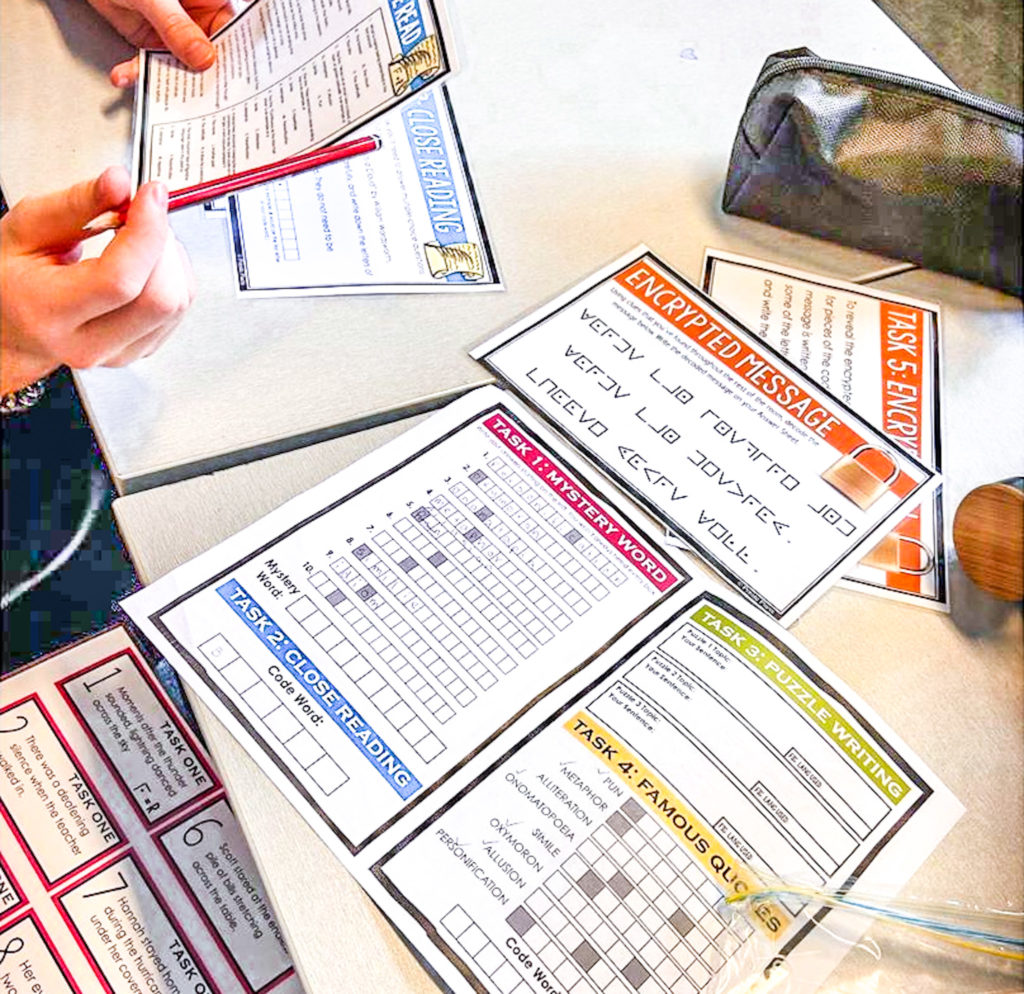
5. Make Time for Celebration
I once had a principal who would leave thank you notes along with a small treat in teachers’ mailboxes, little tokens of appreciation for things like staying late at school working, helping out at an after-school event, giving extra help at lunch, etc. Despite it being a small gesture, it always had a huge impact on the morale of the staff. You can build this same kind of morale in your classroom by finding small but meaningful ways to celebrate your students.
Having an awards ceremony in your classroom, for example, is one way to do this. An awards ceremony is an easy way to make your students feel included and celebrated just for being them. It’s also a great way for students to get to know each other better through which awards everyone receives. Above all, student awards make students feel appreciated and help to create a positive classroom atmosphere. I talk about 9 creative ideas for student awards in another post.
You can celebrate your students in a number of ways, from posting student work in the classroom to reaching out to parents to brag about those students who might not often get the recognition they deserve. You can even do activities that prompt students to give each other compliments, either by having them sit in front of the board while others write compliments behind them or through an activity where students walk around the class writing positive comments on the desks of their peers with post-it notes.
Finally, another simple way to encourage students is to give them funny cards. I’ve found that these just make for the perfect, light-hearted way to say I see you. These also make for nice keepsakes for the students to have long after their time in your classroom is over. You can write a short-and-sweet personalized note inside.
There you have it! I hope that these ideas can help you build the best classroom community. If you’re looking for more classroom community tips and resources, click here!

Search the blog for what you are teaching
GIVEAWAYS
sent straight to your inbox!
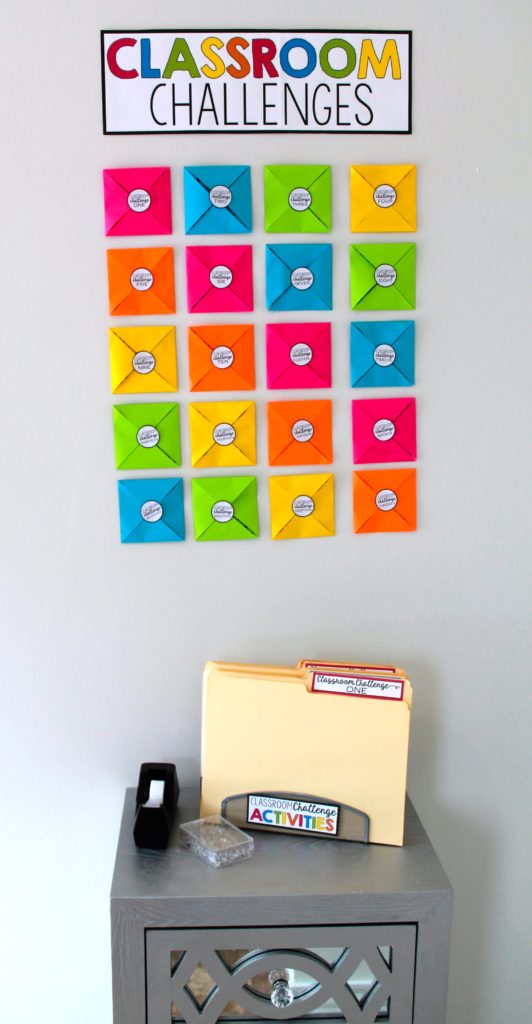
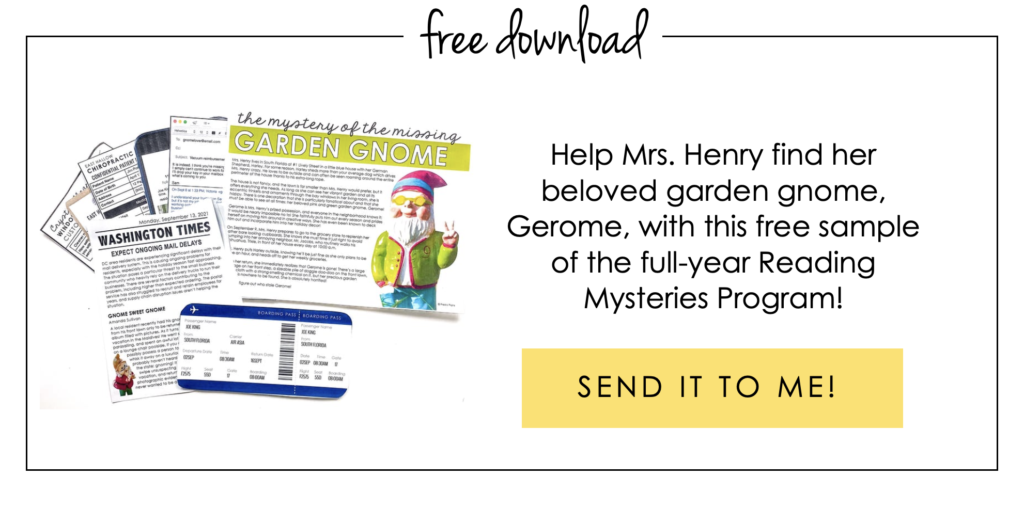
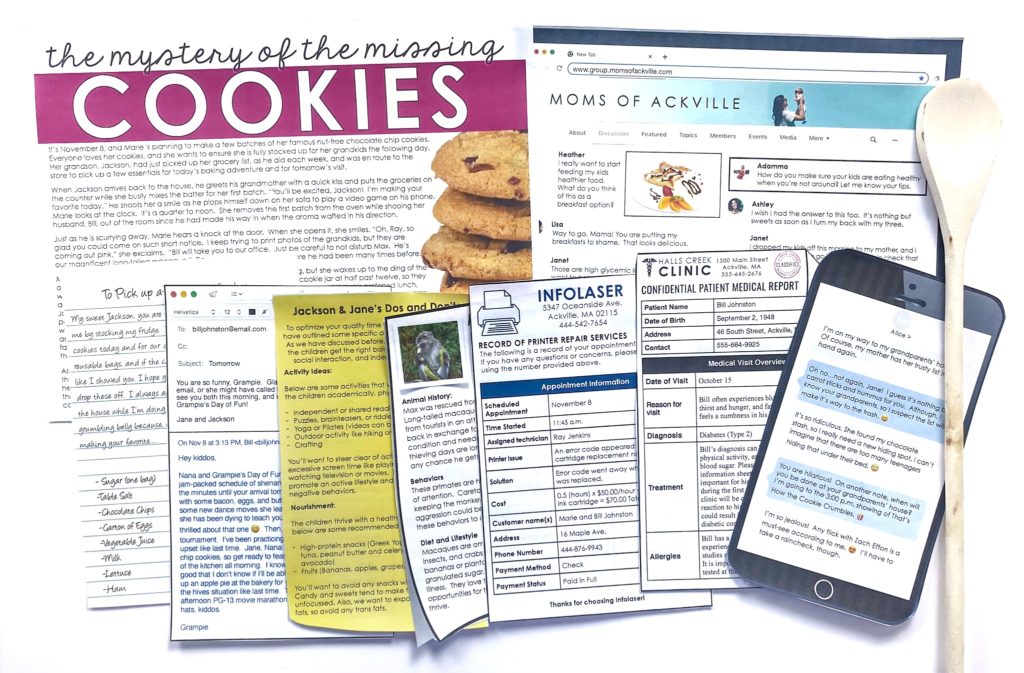
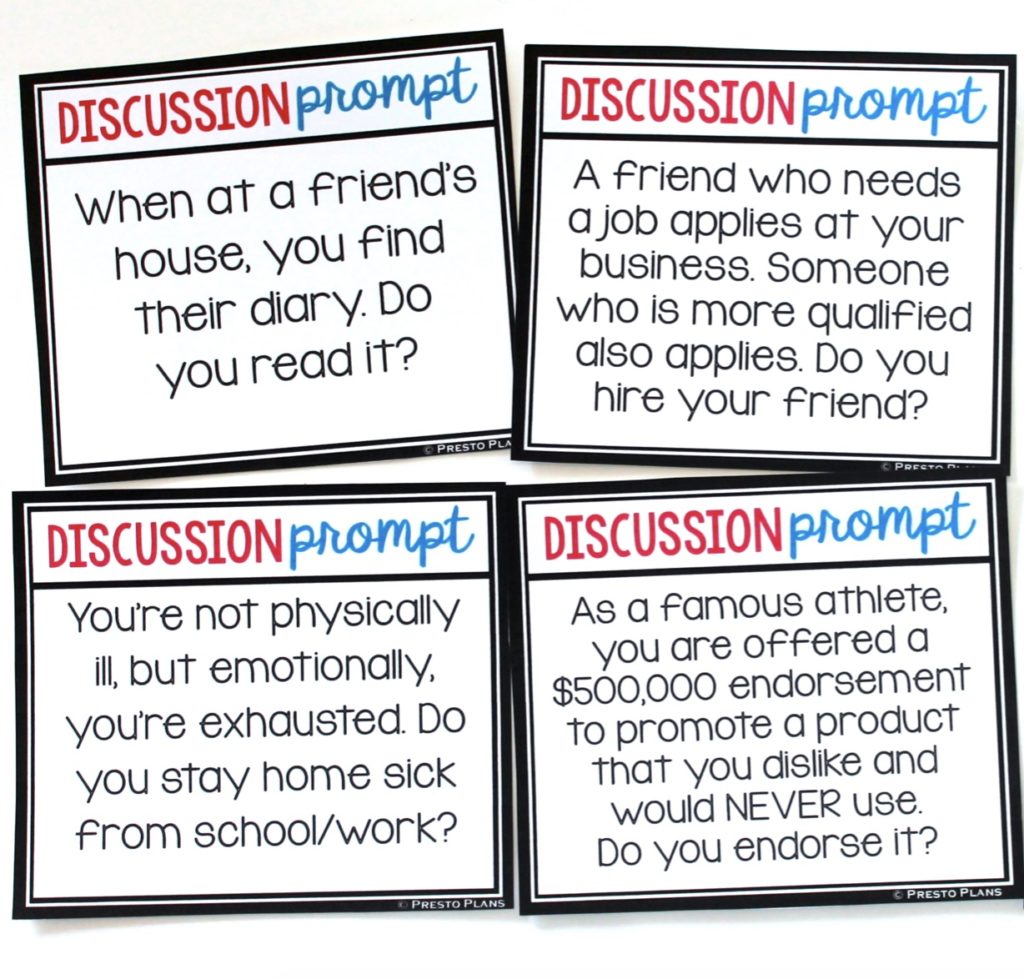
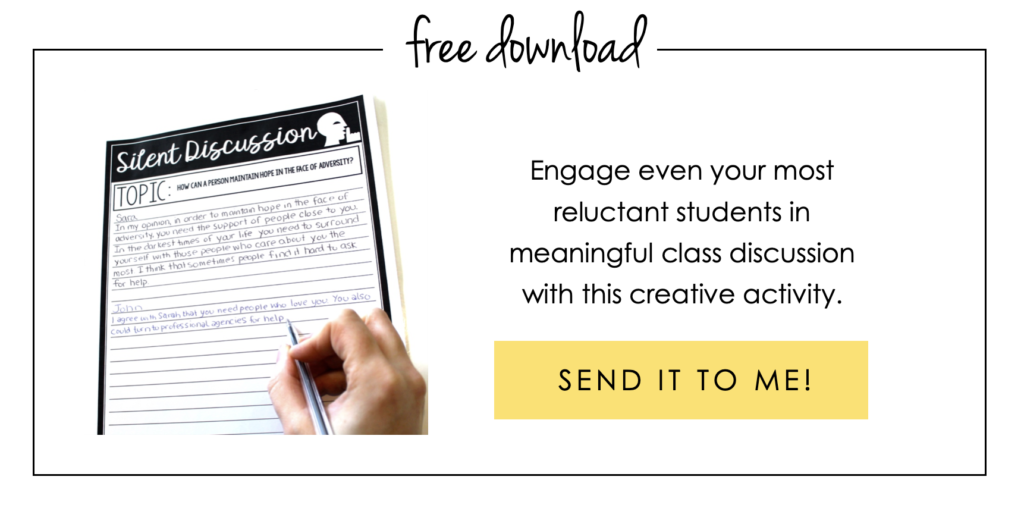
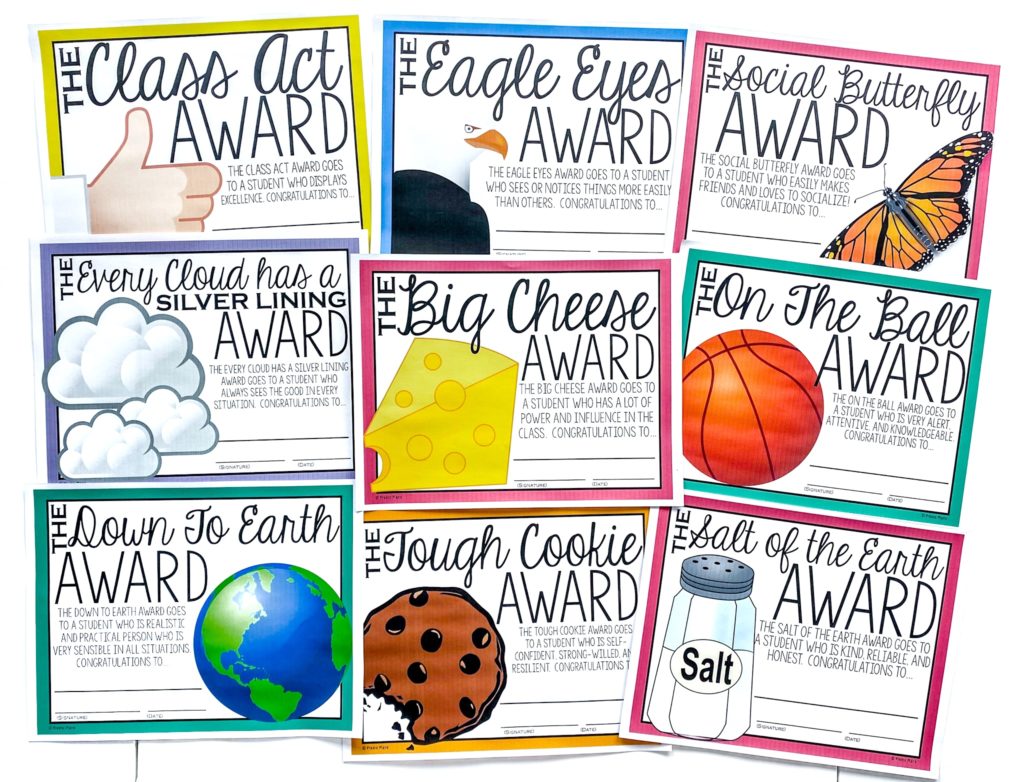
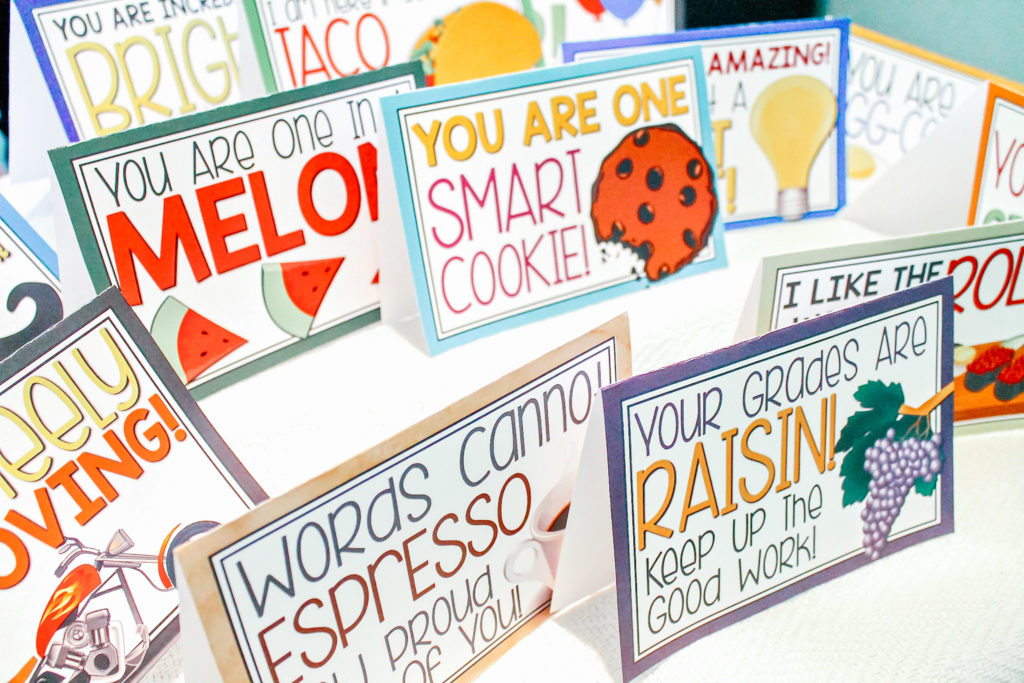







share this post